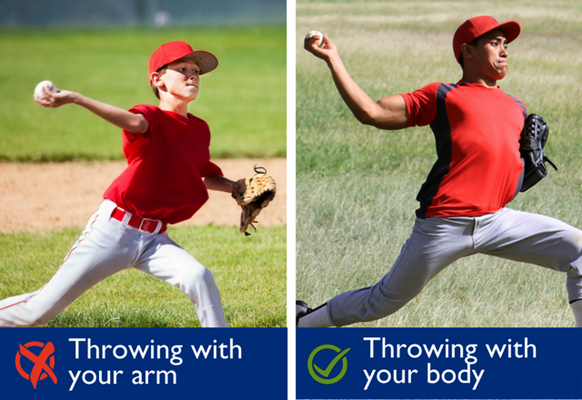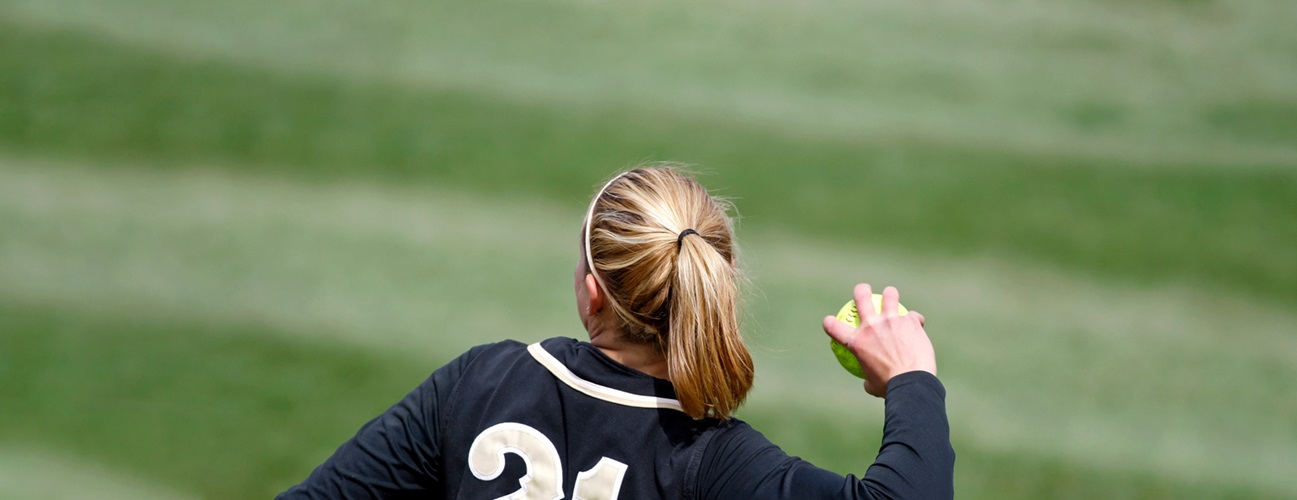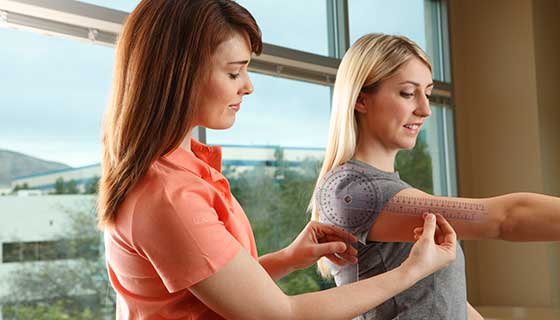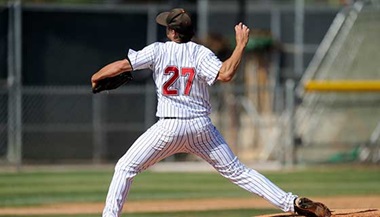SLAP Tear Prevention Tips for Baseball and Softball Players
Featured Expert
A SLAP tear can be a serious injury no matter your age or professional level. It is common in baseball and softball pitchers, position players and other athletes who do a lot of overhead arm motions similar to throwing. The majority of SLAP tears don't happen in one day and are usually a result of repetitive trauma inside the shoulder.
Whether you are a baseball or softball player, a coach or a concerned parent, there are things you can do to prevent SLAP tears. Johns Hopkins sports medicine expert John Wilckens, M.D., shares important tips for SLAP tear prevention.
But first: what is a SLAP tear?
SLAP stands for:
S: Superior (at the top of the shoulder)
L: Labral tear (type of tissue)
A: Anterior (from front)
P: to Posterior (to back).
In a nutshell, it's a tear in the top portion of the ring of cartilage-like tissue surrounding the shoulder socket. This is also where the biceps tendon attaches. Most SLAP tears happen when the tendon pulls away from the bone and tears labrum in the process. This can cause pain at ball release or during a windup. With the biceps tendon partially detached and the labrum torn, your shoulder may become less stable, worsening the injury.
What can the player do?
Limit Your Pitches
In most cases, a SLAP tear is an overuse injury. This means that it is caused by doing too much of the same activity like throwing a ball. It's important to monitor and limit pitch count, especially for younger athletes. For example, for high school students, Wilckens recommends no more than 100 pitches a week, including practice. If you play on a team, your coach should be able to provide the pitch limit for your age based on the recommendations from USA Baseball and Major League Baseball.
Seminar Common Sports and Activity Related Injuries: What to Consider from Pain to Breaks

Stretch and Exercise
If you are serious about baseball or softball, it helps to have a daily stretching and exercise routine. It should focus on stretching your shoulder capsule (tissue surrounding the shoulder joint) and strengthening your upper back and shoulder muscles.
- To stretch your shoulder capsule, especially if it's naturally tight, stretches like the sleeper stretch may help.
- To strengthen the muscles surrounding your shoulder blades (scapulae), you could use scapular stabilization exercises, such as a lying dumbbell press, that work your upper back.
- For overall power and endurance, weight-lifting and plyometric exercises can make a difference. Plyometric movement focuses on applying maximum force in minimum time, similar to a pitch. An example of a plyometric exercise would be throwing a medicine ball with maximum force against a wall.
It's also important to properly warm-up before any at-home training, practice or game. A warm-up should include stretches for the group of muscles and tendons called rotator cuff that keep your shoulder in place. Regardless of which exercise or stretch you perform, it should be done correctly, as shown by your coach or physical therapist.
Practice a Proper Technique
Your legs, arms, shoulders, spine and hips all work together to drive the perfect pitch. If you've been playing baseball or softball for a while, you know that you don't just throw with your arm; you use your entire body. For the force to travel from your legs to your shoulder, your body needs to align in a certain way, and timing is essential.
Off-balanced pitching or leading the throw with an elbow are a few ways you could compromise the labrum. Not having enough motion in your lower back also can put extra stress on your shoulder. These little things add up, practice after practice and game after game. It's important to learn proper pitching mechanics if you want to avoid overuse injuries like SLAP tears.

Pitch Smarter, Not Harder
"Everyone in the major league can hit a fastball," says Wilckens. Speed is not everything in baseball: accuracy and efficiency also play a major role. Throwing curveballs and other tricky pitches don't make you more prone to injury if done correctly. But it can lessen the stress on your shoulder and give you an advantage when accuracy counts more than velocity.
What Can Parents and Coaches Do?
Parents and coaches have an important role when it comes to SLAP tear prevention, especially in younger athletes.
- Count the pitches or teach your child to keep track. Keep in mind that between the practice, the game and playing in the backyard, pitches add up fast.
- Notice fatigue. Fatigue changes the mechanics of the throw, increasing the chance of injury.
- Don't push your child to pitch through shoulder pain or discomfort — it could be a sign of injury.
- Monitor any loss of pitch velocity or control of pitches. If pitches become irregular or inaccurate, this could be the first sign of a SLAP tear before the pain sets in.
Why Preventing SLAP Tears is Important
A SLAP tear could take you out of the game for several months. The treatment for a SLAP tear usually includes rest, pain relief and physical therapy. "At Johns Hopkins, we generally try two rounds of physical therapy lasting several weeks each before considering surgery," says Wilckens.
But not everyone overcomes a SLAP tear and returns to pitching at the game level like TV sports shows may make it look. Those who undergo surgery to repair a SLAP tear can be out from 12 to 18 months, and many never return to their prior form. If you are serious about your baseball or softball career, it's important to understand how SLAP tears happen and what you can do to avoid them.






